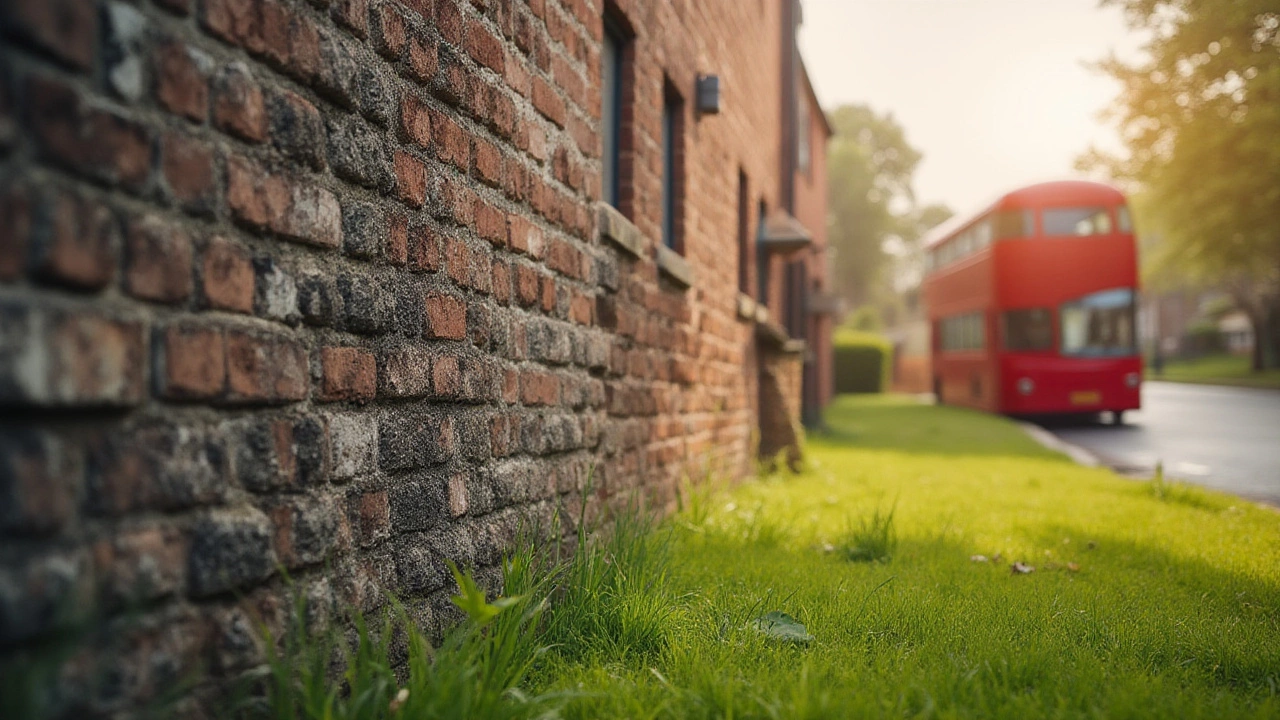Cleaning Mold: Fast DIY Tips and When to Call a Pro
Spot a black or green patch on a wall, ceiling, or bathroom tile? That’s mold, and it can spread fast. It doesn’t just look bad – it can make you feel sick. The good news is you can often handle small spots yourself, and you know exactly when a professional cleaning service is worth the call.
Quick DIY Steps for Small Mold Problems
First, protect yourself. Grab a pair of gloves, a mask, and goggles if you have them. Open windows and turn on a fan to improve airflow. Mix one part white vinegar with one part water in a spray bottle. Spray the affected area until it’s soaked, let it sit for ten minutes, then scrub with a brush.
If the mold is stubborn, swap the vinegar for a solution of three parts water and one part hydrogen peroxide. Spray, wait a few minutes, and scrub again. Rinse with clean water and dry the surface thoroughly – moisture is mold’s favorite friend.
For grout or tile, sprinkle baking soda over the area, add a little water to make a paste, and scrub. Rinse well and wipe dry. These common household items are cheap, safe, and work well on most indoor mold spots under 10 square feet.
When to Bring in a Professional Mold Cleaner
If the patch is larger than ten square feet, or if you notice a musty smell that won’t go away, it’s time to call a pro. Also, if the mold appears on drywall, insulation, or inside HVAC ducts, DIY cleaning can spread spores and make the problem worse.Professional cleaners use industrial-grade solutions and equipment like HEPA vacuums and negative‑pressure chambers. They can test the air for mold spores, locate hidden growth, and ensure the whole area is safe after treatment. This is especially important for families with children, seniors, or anyone with asthma.
Choosing a reputable service matters. Look for companies that are certified by the British Association of Cleaning Science (BACS) or hold a mold remediation license. Ask for a clear quote that includes inspection, containment, removal, and a post‑cleaning verification.
Even after a pro cleans the mold, you still need to keep the area dry. Fix leaks, improve ventilation, and use a dehumidifier in damp rooms. A simple tip: run an exhaust fan while showering and wipe down bathroom tiles after each use.
Remember, mold thrives on moisture, not dust. Regularly checking for water stains, condensation, or musty odors can catch a problem early and save you money.
Whether you tackle the spot yourself or hand it over to a professional, acting fast stops mold from spreading and protects your health. Got a stubborn patch? Grab that vinegar, follow the steps, and keep an eye on the moisture levels. When in doubt, a quick call to a certified cleaning service can give you peace of mind and a mold‑free home.

Does Pressure Washing Really Remove Mold? Facts, Tips, and What Works
Ever wondered if pressure washing can truly get rid of mold? Learn what works, what to avoid, and smart ways to use a pressure washer for effective mold removal.
Read More